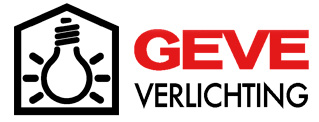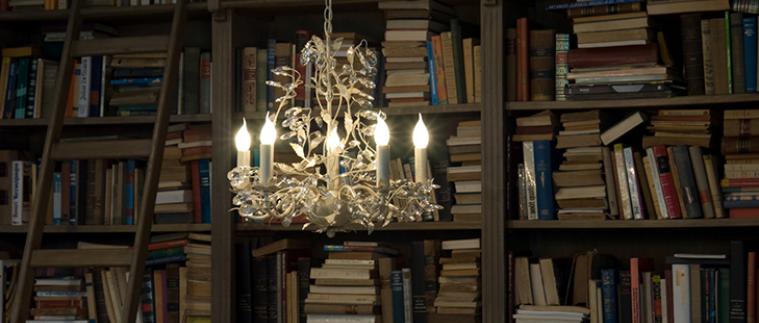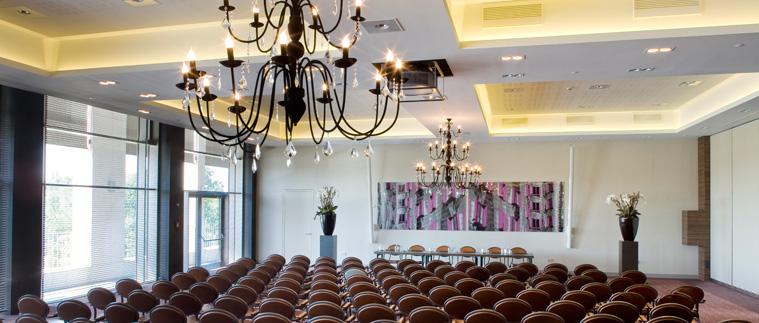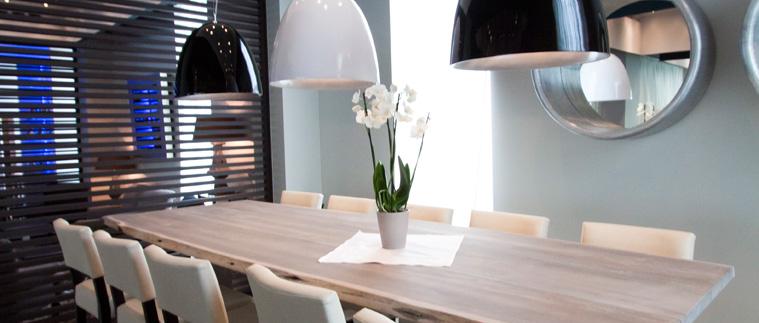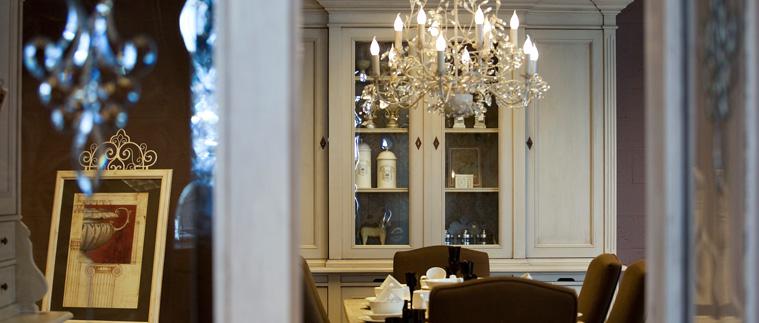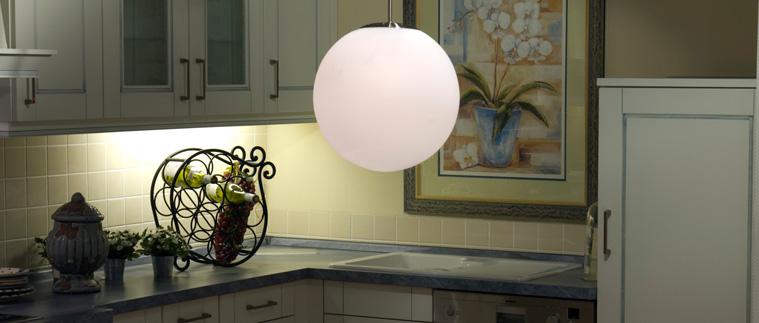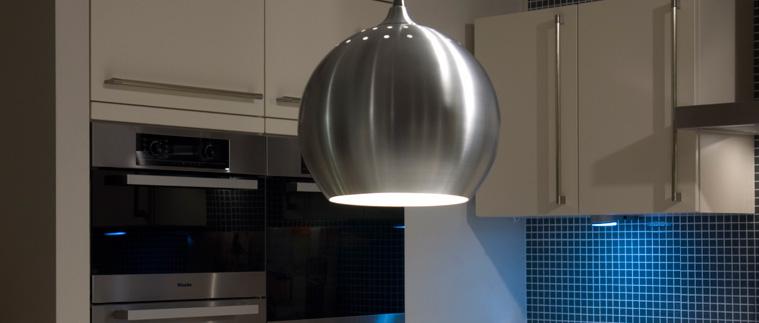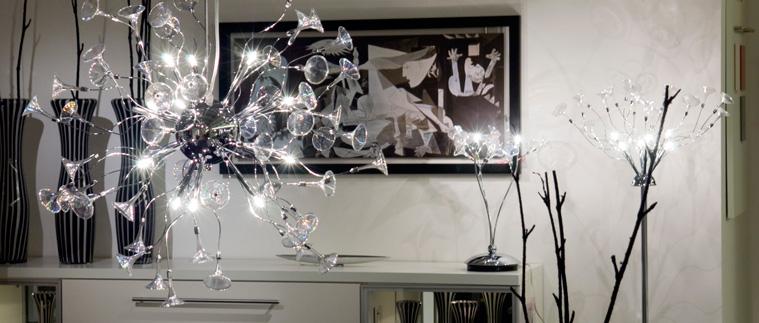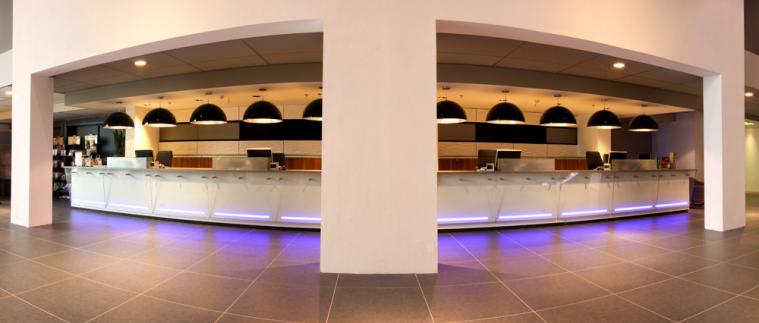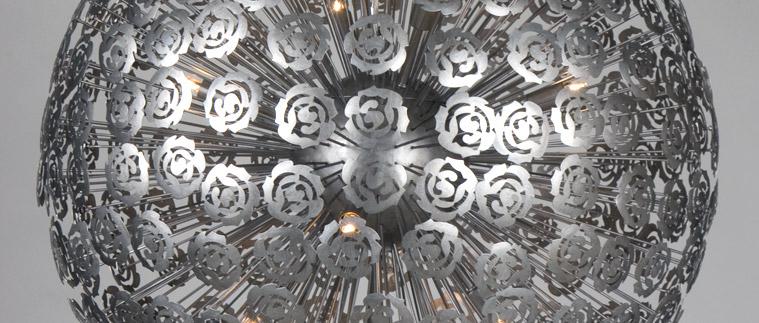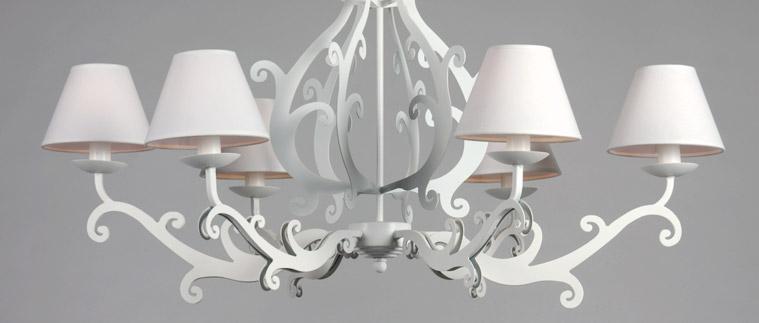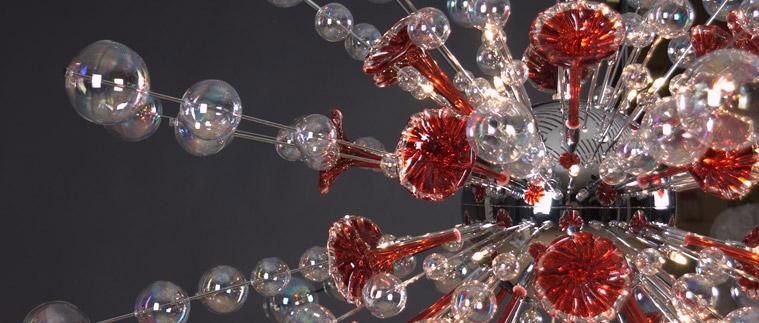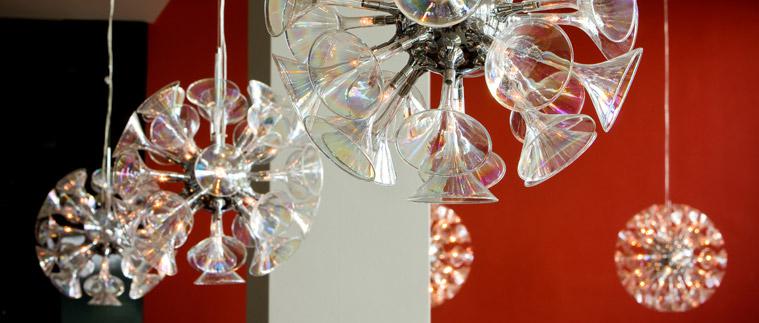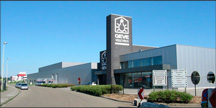Good lighting with less energy
How to illuminate your house properly?
In every room of your house belongs a basic lighting. Mostly it consists of a fixture at the walls or ceiling that illuminates the room evenly. But in the reading corner, tv-corner or above the working table, a more localised lighting is needed.
Spread out the lighting points as evenly as possible. This is to avoid shadows, high contrasts or color distortions. It may also not blind you. That's why indirect light is your best choise. Indirect lights gets bounced back into the room by the walls or ceiling and creates a cosy atmosphere at home. Your mood lighting is complete when you take care of some accents here and there. A small or widened light bundle creates the right contrasts. Aim a spot to a painting and it gets the attention it deserves.
How much light do you need?
Our need for light depends on our age. Someone aged 60 needs 5 times more light than someone aged 40. That 40 year old person again needs 2 times the amount of light that a 20 year old person needs. Still we don't always need the same amount of light. In a room where you work in, more light is needed than a room where you briefly walk through.
Next values can be seen as a minimum:
- stowage: 60 lux
- stairway, hallway, garage: 70 lux
- attic and basement: 100lux
- hall, dressing and cloakroom: 120 lux
- toilet and sleeping room: 120 lux
- kitchen, hobby and living room: 250 lux
- bathroom, living room and dinging room: 250 lux
- desk: 500 lux
Lighting bulb almost gone
The 'fading out scenario' of the classic lighting bulb is starting its ending phase. In september 2012, the lowest powers of lighting bulbs (25 and 40W) are dissapearing out of the stores. From that date on, all non-adjustable lamps must at least have a C-label. Manufacturers have until 2016 to produce bulbs with A or B-label only.
Lights of today
For every type of bulb that dissapears, a more energy sufficient alternative is provided. Only changing your lighting bulb (also known as 'retrofit') is the cheapes way. The current offer of lamps is very extensive for as well (compact) fluorescent lamps, LED's and energy saving lamps. You'll most certainly find the lamp you need.
Saving tips:
- natural light: use daylight as much as possible. It is free and doesn't need energy
- no useless light: don't leave lights burning in a room you don't use. Turn off the light when leaving.
- spoiler alert: if the switch is outside of the room, choose for a switch with a spoiler light. That way you can see when the light is burning in a room where you're not in.
- bright colors reflect light: choose for bright colors in your house. They reflect 60 to 90% of the light, while darker colors reflect only 15 to 25%
- go easy on the accents: don't exaggerate with mood lights and accents
- good fixtures: use fixture that aim the light to where it is needed. Fixtures with reflective inner sides give more light
- less uplighters: uplighters and halogenic lights of more than 100W aimed directly to the ceiling, don't give much light and devour energy
